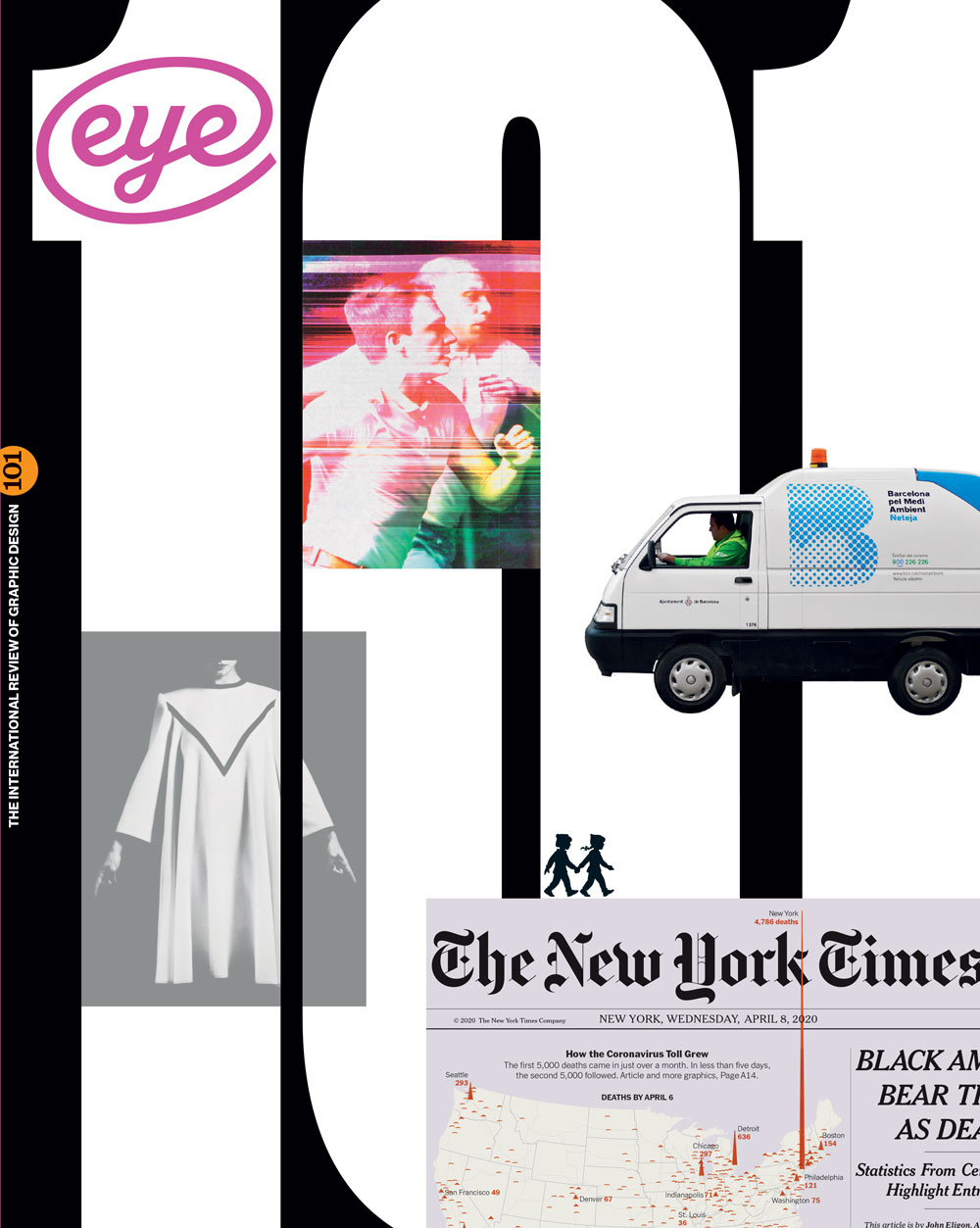Summer 2021
Seaside splendour
various designers
Laura Knight
Edward McKnight Kauffer
Design history
Graphic design
Illustration
Reviews
Visual culture
Art Deco by the Sea
9 February – 20 September 2020 Sainsbury Centre, University of East Anglia, Norwich, UK.Catalogue: Art Deco by the Sea
Sainsbury Centre for Visual Arts, £30

Eclectic, yet streamlined by design. It is perhaps unsurprising that Art Deco is associated with the seaside, with architecture and design of the period promising glamour, functionality and escapism. A juxtaposition of decorative styles, Art Deco has had a significant impact on the design of British resorts, evident at the height of their popularity in the 1920s and 1930s, and today. Originally known as ‘Style Moderne’, which described geometric design works at the Exposition Internationale des Arts Décoratifs et Industriels Modernes in Paris in 1925, the movement was later recognised as Art Deco in the 1960s, a time of shifting fortunes for Britain’s seaside towns.
Curated by Ghislaine Wood, ‘Art Deco by the Sea’ is an exploration of how the style defined the design and the cultural experience of the British seaside. We are transitionally directed through significant phases of architectural development, stylistic grandeur and societal impact. The five sections (Depicting the Seaside; Travelling to the Sea; Designing the Seaside; Seaside Industries and Amusements by Day and by Night), provide us with a connective insight into the interwar design period from the booming, confident 1920s to the depression of the early 1930s.
The Odeons, Dreamland Cinema, Margate, designed by architects J. B. Iles, Julian Leathart and W. F. Granger, 1933-35. Photograph by George Arthur, from the Bruce Peter Collection.
Top. A tourism poster for New Brighton and Wallasey, Septimus E. Scott, 1923-47, courtesy National Railway Museum, Science Society Picture Library.

This comprehensive exhibition successfully presents coastal Art Deco through the disciplines of architecture, graphic design, fashion, interior and product design. The collections showcase the seaside as fertile ground for creative experimentation in developing contemporary designs for pleasure and escapism. Here we can see the fluid lines in the furniture designs of Alvar Aalto and Marcel Breuer alongside the collection of innovative Ekco radios, made at Southend-on-Sea during this period. In an era of mass tourism, artists, designers and architects explored craft traditions with the tools of the mechanical age in designs to entice and engage the holidaymaker. Displayed against photographic backdrops of some of the most iconic buildings of the time, including the De La Warr Pavilion and the Midland Hotel in Morecambe, we are presented with an all-encompassing visual manifesto.
The exhibition is particularly revealing when architectural plans and designs are presented alongside the completed hotel, municipal building and theme park projects. Notable highlights are the drawn perspectives by John Dean Monroe Harvey for the Midland Hotel and the unexecuted plans for the Frinton Park Estate; Tom Purvis’s original logo design for Blackpool Pleasure Beach Casino; and the draft, illustrative typography for Frank Codona’s Speedway from the National Fairground and Circus Archive. There is also an opportunity to see Purvis’s ‘East Coast Joys’ posters as a complete series, representative of advertising design of the period; the hand-drawn lettering on Andrew Johnson’s piece promoting Berwick; Laura Knight’s Yorkshire coast scene; and Edward McKnight Kauffer’s inspirational Great Western to Cornwall colour lithograph from 1932.
The accompanying book, also edited by Wood, provides the reader with the first detailed analysis of the specific influence of Art Deco on Britain’s seaside resorts. The publication explores how artists and designers redefined the seaside experience by challenging the traditions and expectations of the time. The chapters connect with categorised curation of the exhibition, with the contributing authors contextualising the visual aesthetic, cultural experience and societal impact of Art Deco at the seaside. Essays such as ‘Boulevards of Beauty and Delight (Amusement Design in the 1930s)’ explore the interdisciplinary relationship of architecture, interior and graphic design in documenting the work of architects Joseph Emberton and Leonard Thompson, and artists and designers Margaret Blundell and Percy Metcalfe. The movement is symbolic of seaside leisure, fashion and entertainment, and we are provided with further insight into the ambition of the period and Art Deco’s legacy, seen today in resorts such as Bexhill-on-Sea. The book highlights the decay and destruction of Art Deco lidos, public buildings and attractions as part of new promenade developments in the latter decades of the twentieth century. Thankfully, in recent years, we have seen the restoration and protection of many of these coastal assets – such as Dreamland and the Midland Hotel – and they remain focal points of the seafront vistas of Margate and Morecambe.
‘Art Deco by Sea’ appropriately highlights the need to protect architectural spaces and objects of this period and to increase awareness of their cultural value. This exhibition is a fascinating, timely reminder of the ambition of the artists, architects and designers who created seaside splendour to which we can all escape to.
Justin Burns, Head of Art & Design, Leeds School of Arts at Leeds Beckett University, Yorkshire
First published in Eye no. 101 vol. 26, 2021
Eye is the world’s most beautiful and collectable graphic design journal, published for professional designers, students and anyone interested in critical, informed writing about graphic design and visual culture. It is available from all good design bookshops and online at the Eye shop, where you can buy subscriptions and single issues.

